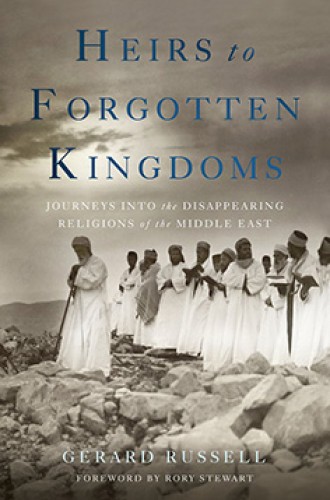Endangered faiths
Gerard Russell has written a well-crafted and readable book in which an acute observer tells an intriguing and significant story, drawing heavily on personal observation. Yet the book’s subject matter makes it difficult to read.
A hundred years ago, travelers regularly reported their travels among the religious and ethnic minorities of the Middle East, endlessly fascinated by the wonders they encountered. Today, though, most of those groups are on the verge of extinction in the region, and in some cases Russell may be describing the last of their kind. The elegiac quality of his account makes it heartrending and often infuriating.
Russell’s book successfully walks the thin line between reportage and academic scholarship. Throughout, his accounts are based on firsthand encounters that he experienced during his years as a British diplomat. Russell has a sharp eye for telling details, for surprising quirks of speech or dress. He has also read widely in the relevant scholarship on often arcane religious traditions, and he presents his findings accessibly. Even his useful chapter on sources and further reading is highly user-friendly. Russell makes an excellent travel companion and guide. Even if you know the history of the region, you will learn much.





